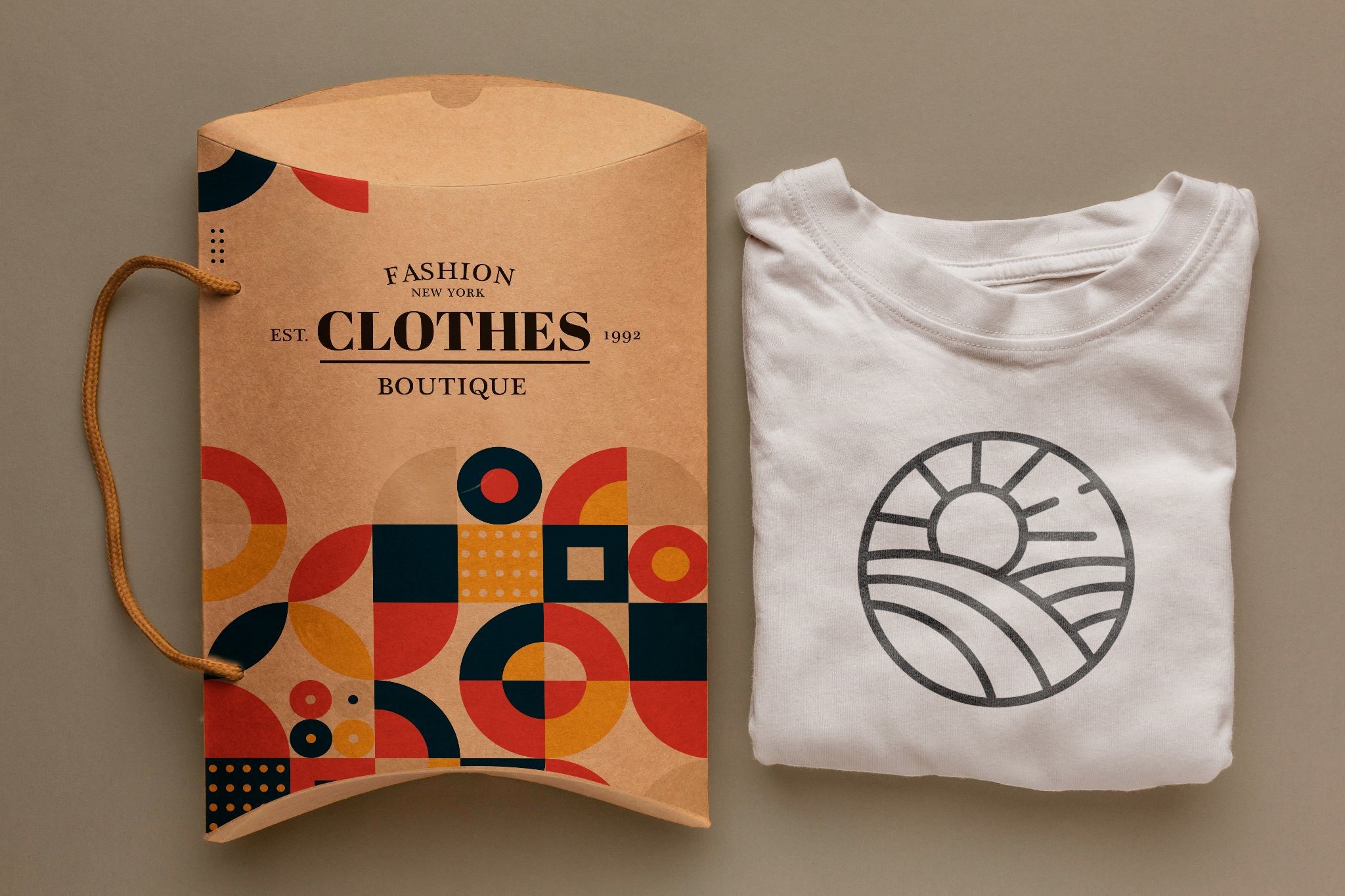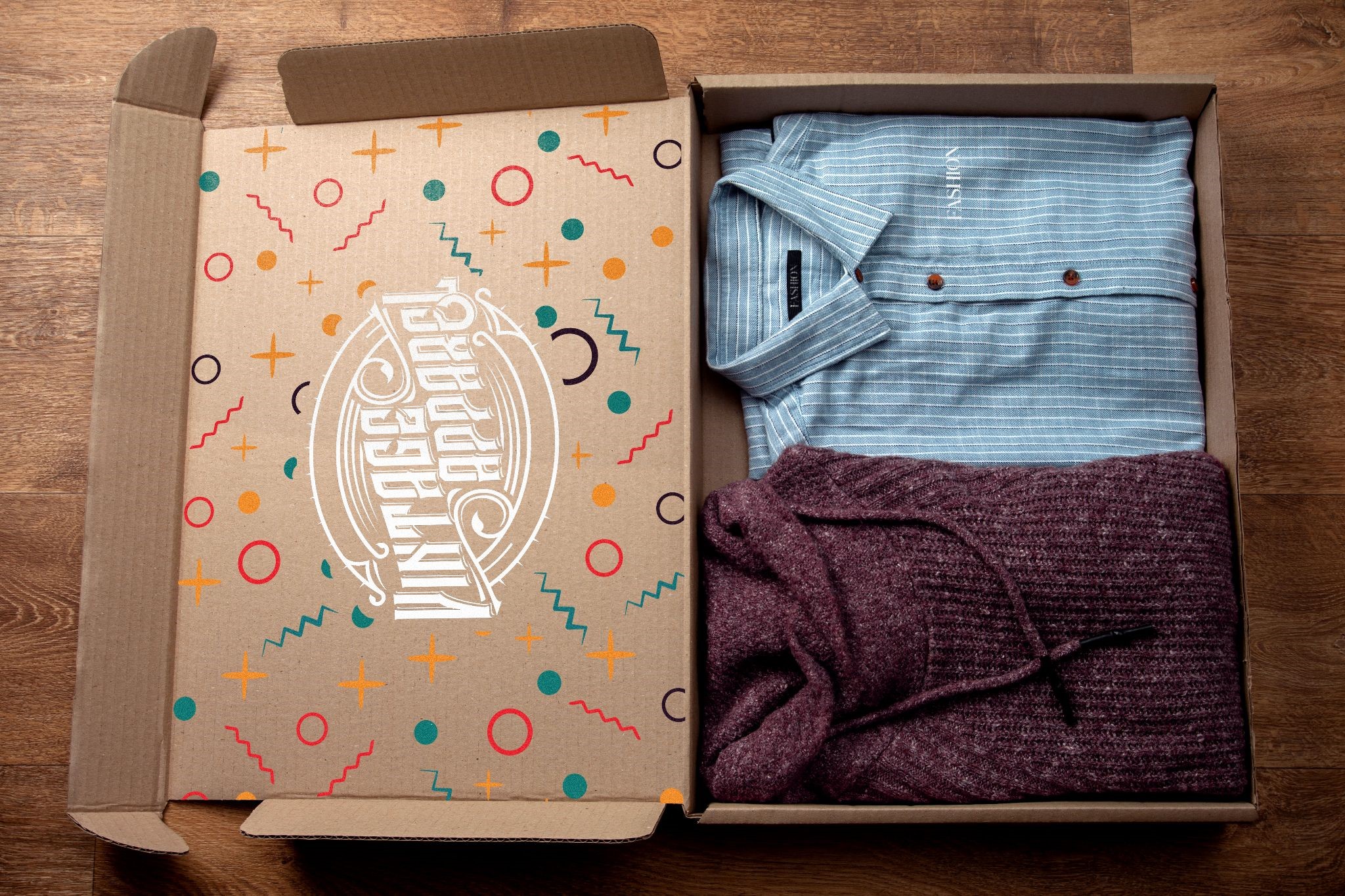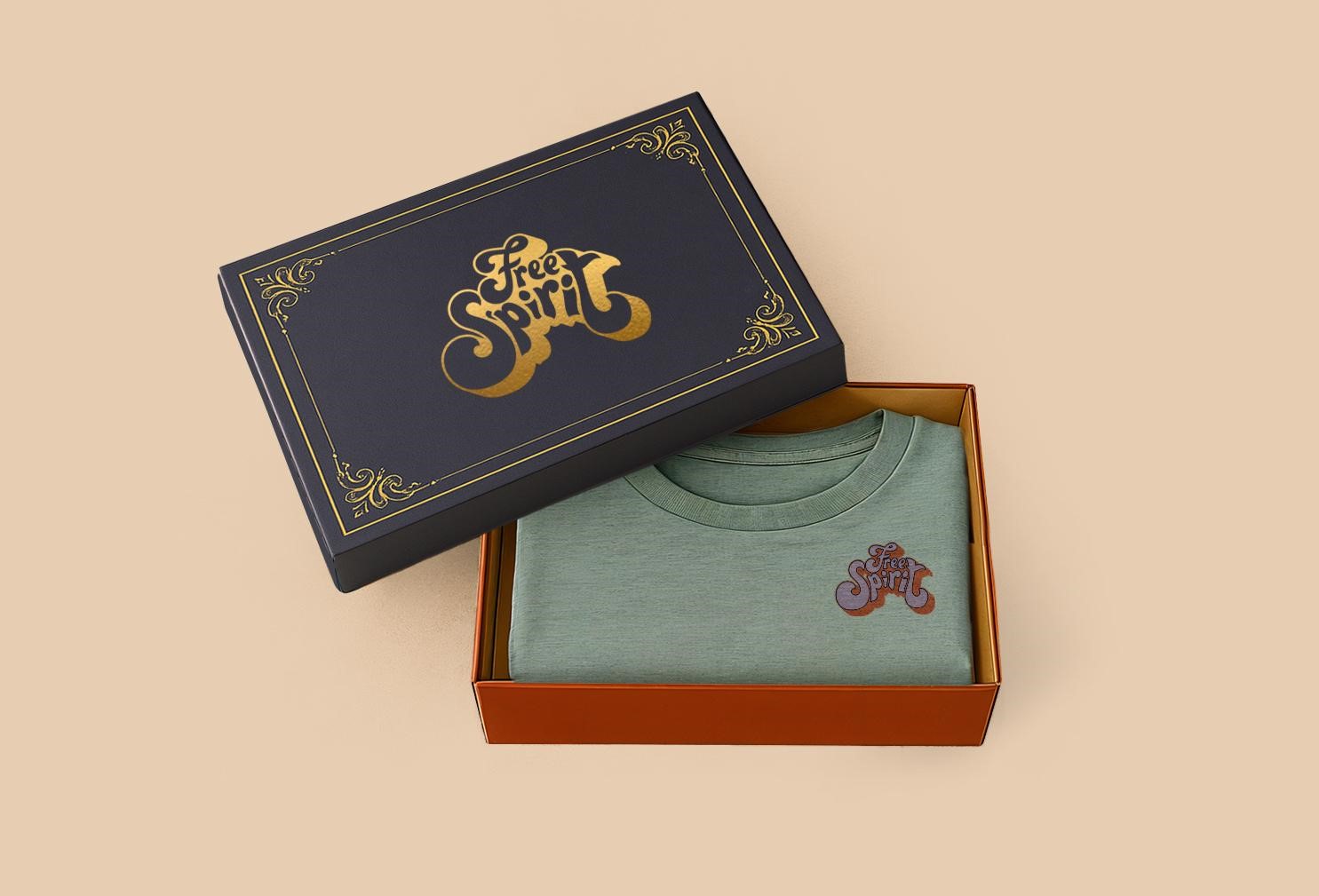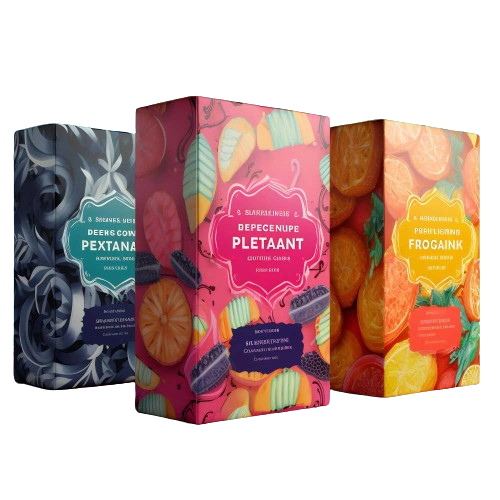How to Choose the Right Apparel Packaging for Your Fashion Brand
Need to decide on the right type of packaging for your fashion brand? Discover how to align your packaging strategy with your product line, delivery method, and brand image to boost customer experience and brand value.

In today’s fast-paced and highly visual fashion market, packaging has become an extension of the product itself. It’s no longer enough for apparel packaging and boxes to simply protect the item; it must also reflect the brand’s personality, sustainability values, and attention to detail. Whether you are launching a streetwear brand or expanding a premium fashion line, choosing the right packaging is critical to shaping your customer's experience from the very first touchpoint.
To make the right packaging choice, fashion labels must evaluate three core factors: the type of product being shipped, the logistics involved, and the image they want to project. Let’s explore each in detail.
Packaging Solutions for Every Apparel Line
Different types of clothing articles demand varying forms of protection and presentation. Fashion products vary widely in size, weight, and material, so it makes sense that their packaging should be tailored to the specific product. What works for a t-shirt is not likely to work for a wool overcoat, and packaging that looks elegant for accessories might feel excessive for everyday basics.
Minimalist and Sustainable Packaging for High-Volume Lightweight Apparel
Lightweight items such as t-shirts or tank tops benefit from minimalist, cost-effective packaging solutions. Lightweight folding cartons or recyclable mailer bags provide the right balance between protection and sustainability. These are ideal for both direct-to-consumer brands and subscription apparel companies looking to ship at scale without compromising on brand presentation.

Sturdy, Premium Packaging for Outerwear
Heavier outerwear demands sturdier packaging, both to prevent damage in transit and to reflect the higher price point. Custom corrugated boxes or rigid mailers with tissue wrap enhance the unboxing experience while offering better structural integrity.
While product-specific packaging protects and enhances the garment itself, it's just one piece of the equation. How your product reaches the customer also influences the best packaging choice.
Tailored Apparel Packaging for Shipping and Delivery Requirements
The logistics of how your product reaches your customers, whether through local delivery, retail display, or international transit, should guide the durability, size, and branding of your packaging.

Packaging Solutions for E-Commerce Deliveries
For online fashion brands, apparel ecommerce packaging must do more than look good; it has to survive the journey. Corrugated mailer boxes are a staple here, offering protection against moisture and impact while keeping shipping costs in check. Many brands now opt for eco-friendly versions with tamper-evident seals and bold printed logos that reinforce branding even before the box is opened.
Packaging for Retail and In-Store Presentation
Brick-and-mortar retail demands garment packaging that aligns with the in-store experience. Premium shopping bags, branded ribbon handles, and rigid gift boxes turn an ordinary purchase into a luxury moment. Retail apparel packaging in this context is more about emotional impact than logistics, creating a tactile brand memory that customers carry out the door.
Durable Packaging for Wholesale and International Shipping
In wholesale or large-volume deliveries, consistency and protection are vital. Garment shipping boxes featuring reinforced edges, weather-resistant liners, and clear SKU labeling allow for efficient stocking and handling.
Once the logistics are clear, the next step is to align your packaging with your brand’s visual identity, core values, and customer proposition.
Aligning Apparel Packaging with Your Fashion Brand Identity
Packaging should speak your brand’s language; visually, ethically, and emotionally. Just like a fashion line, custom apparel packaging communicates your story. Whether your brand champions minimalism, luxury, or sustainability, your packaging should be an extension of that ethos.
Packaging for Sustainable Fashion Brands
Eco-conscious brands must walk the talk. That means using recyclable kraft boxes, compostable garment bags, or reusable cotton pouches. Simple design, clean typography, and plastic-free sealing options convey environmental conscious intent without sacrificing professionalism.
Premium Packaging for Luxury Apparel Brands
Luxury is about details, and so is luxury packaging. From debossed logos to magnetic closures and satin linings, packaging should evoke exclusivity. When customers receive a designer piece in premium packaging, it reinforces the product’s value and builds brand loyalty.
Streetwear Packaging that Speaks Youth Culture
For labels targeting younger audiences, packaging must be bold, expressive, and social media worthy. Bright colors, graphic art, or surprise elements like collectible cards or stickers can elevate a simple garment to a shareable experience.
Once your packaging reflects your product, shipping method, and brand image, it’s time to consider how to enhance it further to add value and engagement through smart features.
Interactive Clothing Packaging Add-Ons That Delight and Engage
Functional does not have to mean boring; brands should make every touchpoint interactive or memorable. Adding thoughtful enhancements can take your packaging from merely functional to truly memorable. Branded hang tags can include care instructions or link to behind-the-scenes content via QR codes. Tissue wraps and thank-you cards personalize the experience, while rigid inserts or cardboard trays keep items secure and beautifully arranged inside the box.

These details also serve as subtle brand reinforcements. They encourage viral unboxing videos, Instagram shares, and repeat purchases by turning packaging into a branding moment.
But even the best-designed packaging can fall short if it’s not packed efficiently. Here’s how to avoid costly mistakes during the final mile.
Best Practices for Garments Packing and Cost Optimization
Save money and reduce the risk of shipping damage by making smart, intentional packing decisions. No matter how beautifully your packaging is designed, its effectiveness hinges on how well the product is packed.
- Start by selecting box dimensions that closely align with your product size. This minimizes unused space and the need for filler materials, which in turn helps to lower shipping costs.
- Enhance internal protection with custom inserts or garment pads to prevent movement during transit, particularly for delicate or high-value items.
- Do not overlook the importance of clear labeling. Mark boxes with handling instructions such as “Fragile” or “Do Not Stack” to ensure careful treatment throughout the shipping process.
Thoughtful packing not only protects your products and brand reputation but also reduces environmental waste, improves operational efficiency, and contributes to a more satisfying customer experience and stronger profit margins.
Conclusion: Make Packaging a Brand Asset, Not an Afterthought
Packaging isn't just a box; it's a bridge between your product and your customer’s first impressions. The right solution depends on what you are selling, how you are delivering it, and what your brand stands for. Whether you are launching a sustainable streetwear label or a premium fashion line, investing in the right packaging will drive customer loyalty, brand consistency, and market differentiation.
Looking for apparel packaging that reflects your brand’s essence and delights your customers? Our expert team can help design a packaging experience that’s cost-efficient, eco-friendly, and visually unforgettable.






